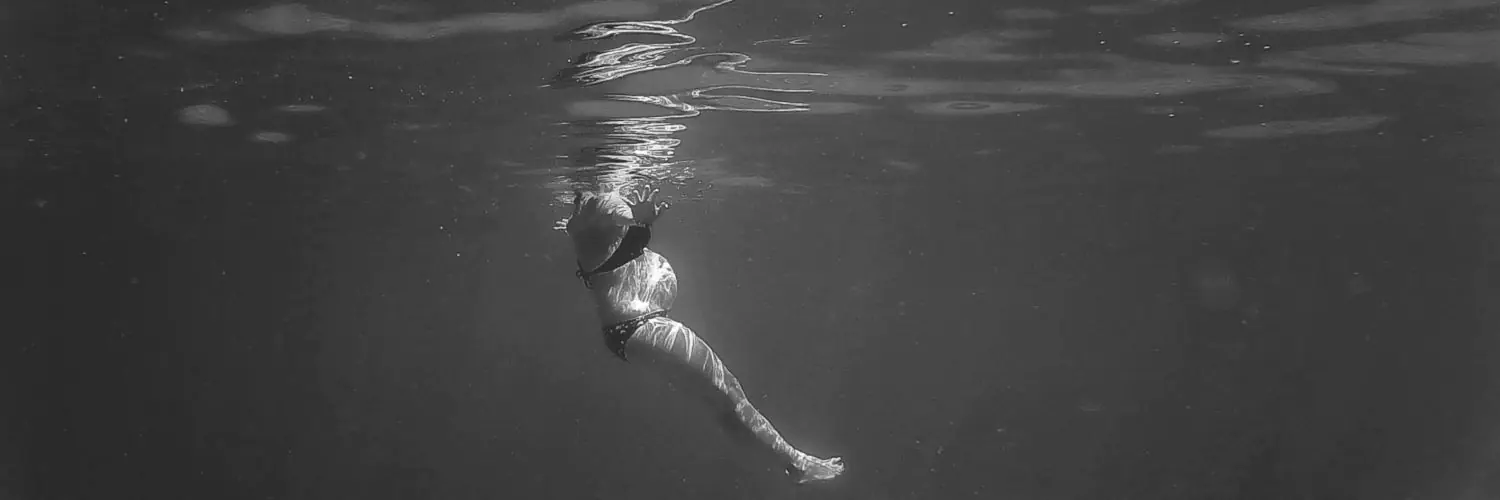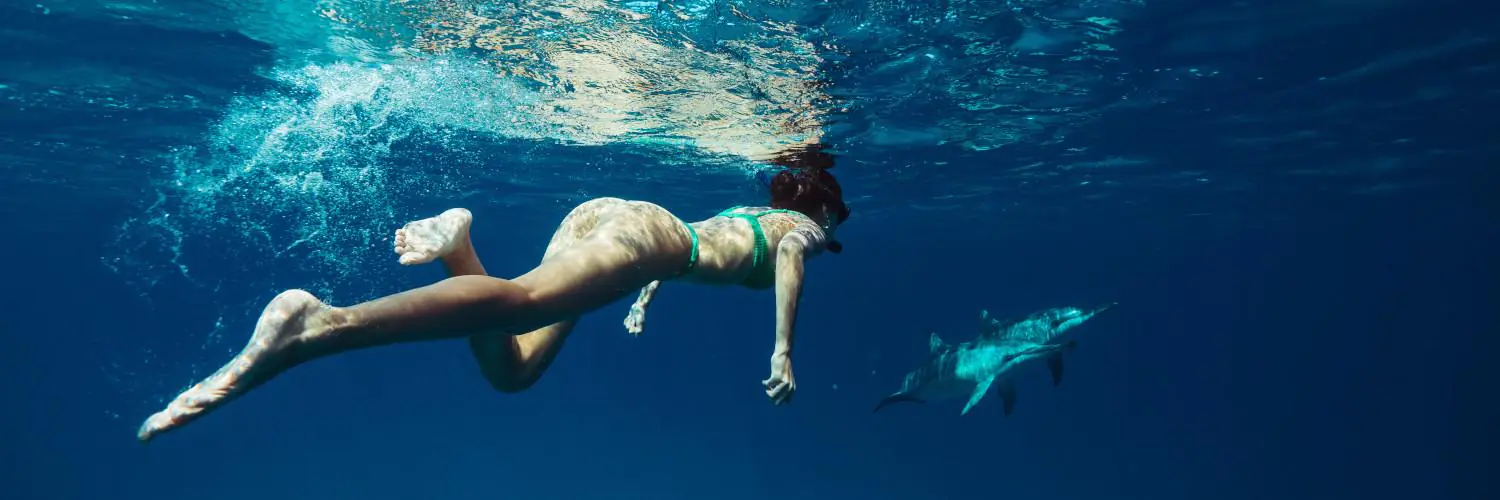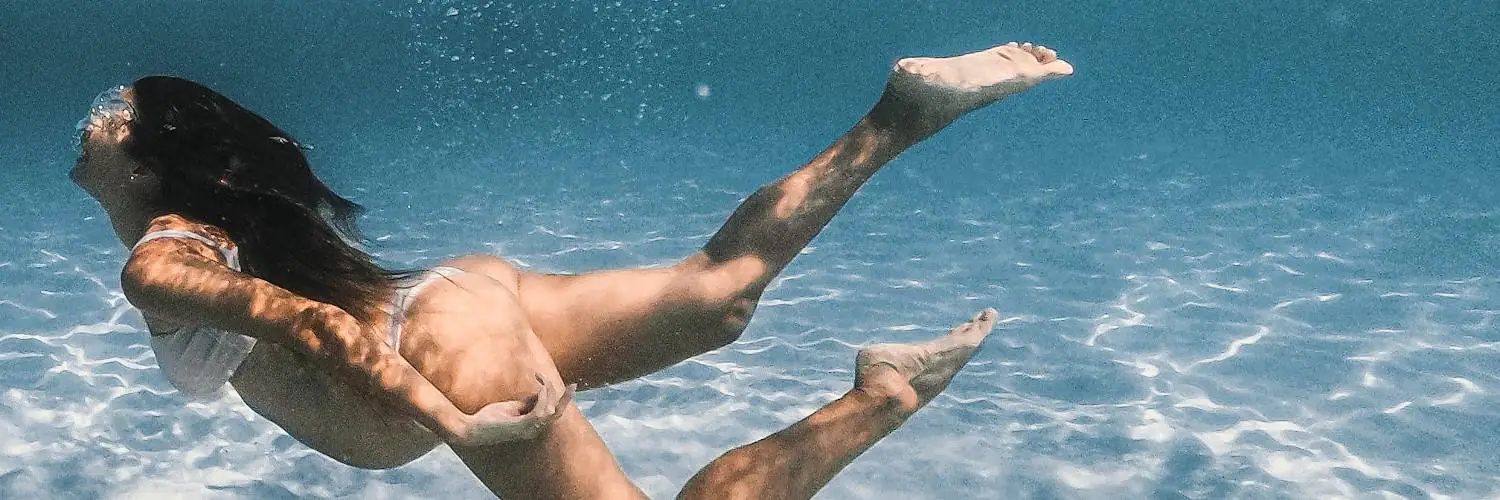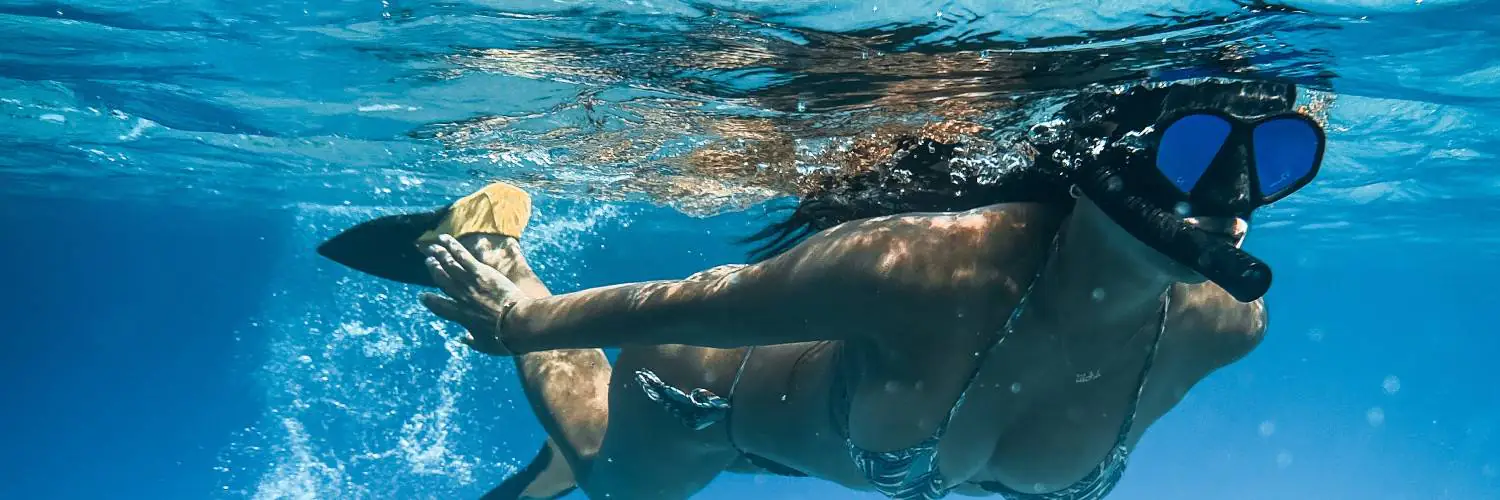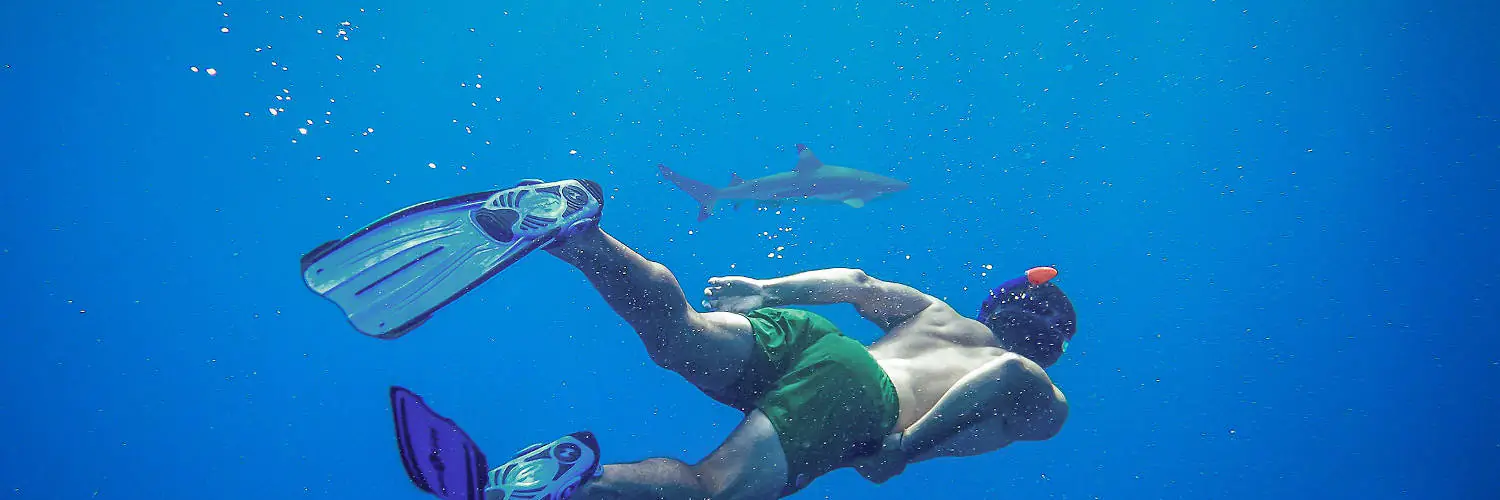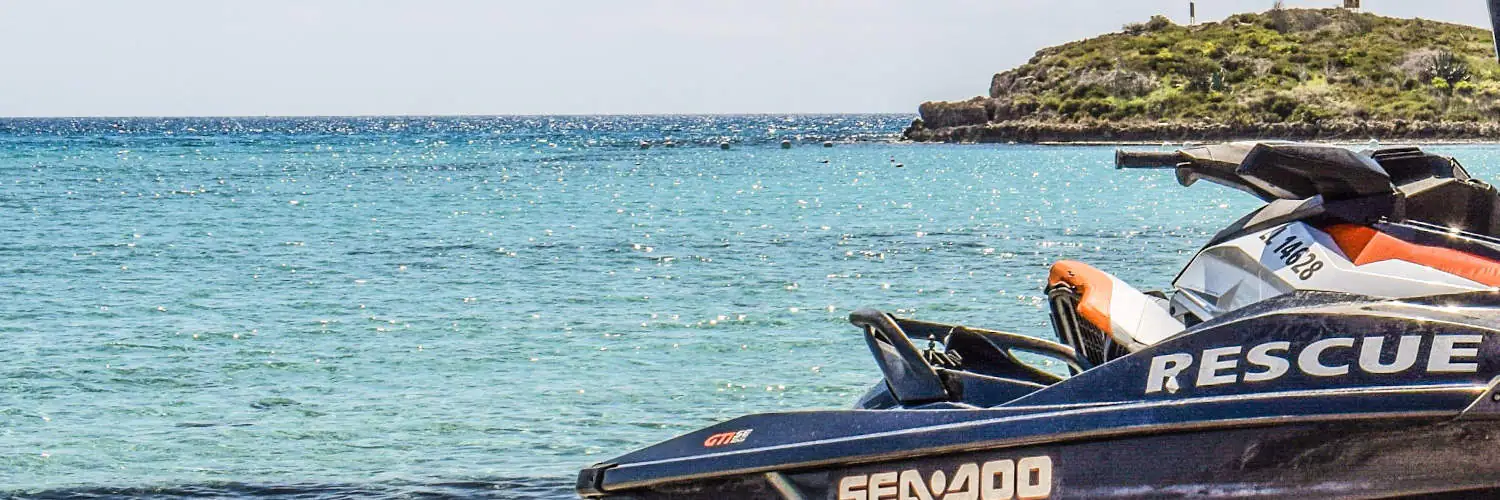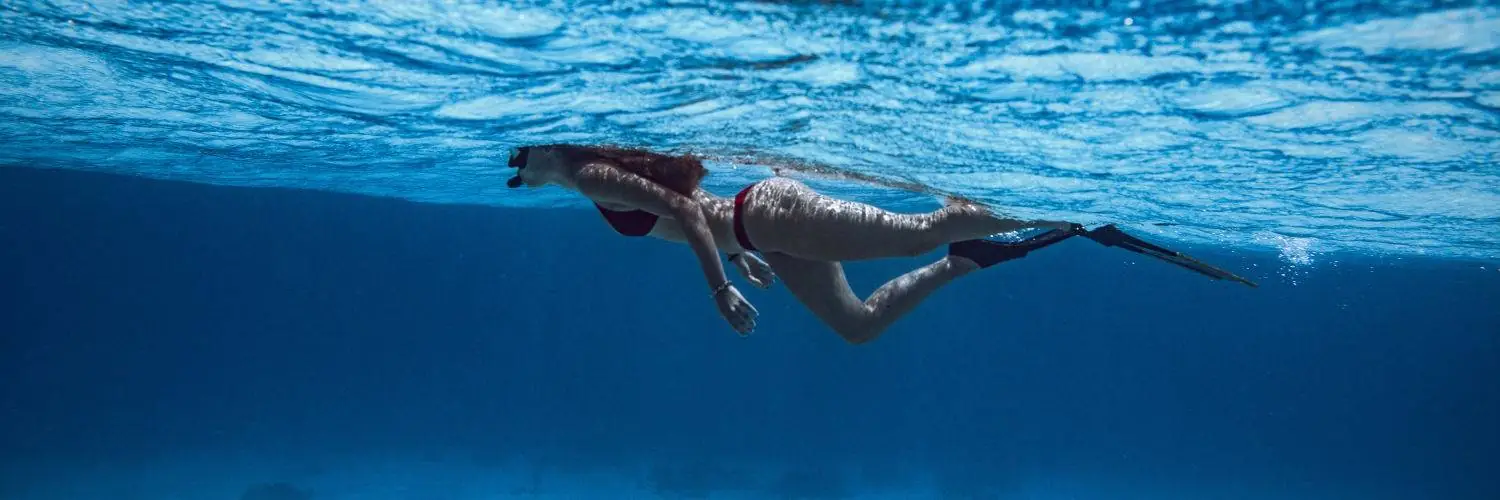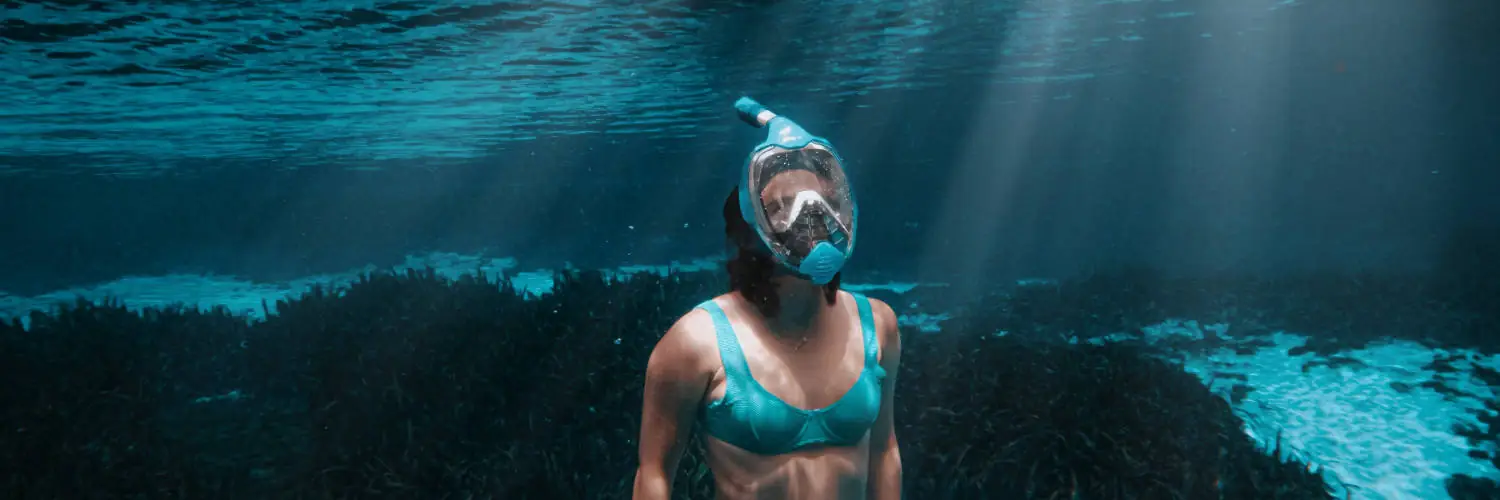Snorkeling breathing devices have revolutionized the way people experience the underwater world, offering a unique blend of exploration and freedom. These devices facilitate the observation of aquatic life in their natural habitat, allowing snorkelers to breathe more comfortably without the need for extensive dive gear or training. With the evolution of technology, snorkeling equipment has become more sophisticated, enhancing safety and increasing the duration one can spend submerged.
The shallow diving kit, commonly referred to as SCORKL, is an example of such innovation, providing enthusiasts with the ability to breathe underwater without the bulk of traditional scuba equipment. This portable solution offers a glimpse into the serene life beneath the waves, making underwater adventure more accessible to the casual explorer. Similarly, mini diving tanks and other compact underwater breathing systems have emerged, allowing for brief dives with a small, refillable air supply.
These advances in snorkeling gear highlight a commitment to opening up the marvels of the sea to a broader audience. They strike a balance between the freedom to explore and the necessity of safety, ensuring that even those new to snorkeling can have an enjoyable and secure experience. With the ease of use provided by these devices, the underwater realm, once reserved for skilled divers, is now a world available to many.
Table of Contents
History and Evolution of Snorkeling Breathing Devices
The inception of snorkeling breathing devices can be traced as far back as 3000 B.C. Ancient snorkeling practices included the use of hollow reeds or tubes to facilitate breathing while submerged. Documentation suggests the earliest concept of a snorkel was inspired by the sight of an elephant, which was described by Aristotle around 350 B.C, using its trunk as a natural snorkel.
By the 1930s, significant advancements had been made, culminating in the creation of a more modern snorkel. British inventors Sir Robert Davis and Augustus Gautier patented the first successful design, featuring a J-shaped tube made of rubber with a Bakelite mouthpiece.
The functionality of snorkels has evolved to meet the demands of various underwater activities:
-
Surface Snorkeling: Modern snorkels are designed with a purge valve for water clearance and a splash guard to prevent water entry.
-
Freediving and Spearfishing: Separate snorkel units are favored for their flexibility and reduced drag in water.
-
Scuba Diving: Integrated snorkels have been developed, although their use in scuba diving is limited as divers rely predominantly on the scuba apparatus for breathing underwater.
| Era | Development |
|---|---|
| Ancient Times | Hollow reeds and tubes |
| 350 B.C. | Inspiration from animal behavior |
| 1930s | J-shaped tube with mouthpiece |
Snorkels have since diversified into various designs, incorporating features like dry tops, comfortable mouthpieces, and advanced valves, to enhance the snorkeling experience.
Types of Snorkeling Breathing Devices
Snorkeling breathing devices come in various designs to cater to different preferences and aquatic environments. They primarily differ in how they allow the user to breathe and interface with the water.
Traditional Snorkels
Traditional snorkels, commonly known as wet snorkels, consist of a simple tube with a mouthpiece at one end. The user bites down on the mouthpiece to maintain an airtight seal. Semi-dry snorkels are an advancement over the traditional design, featuring a splash guard at the top to prevent water from entering the tube due to surface splashes.
- Dry Snorkel: A variant of the traditional snorkel, which includes a mechanism that automatically seals the tube when submerged to prevent water ingress.
- Material Used: Typically silicone or rubber for the mouthpiece, and plastic or flexible tubing for the snorkel body.
Full-Face Snorkel Masks
Full-face snorkel masks have gained popularity for their innovative design, which combines a snorkel with a mask covering the entire face. This design allows the user to breathe through both the nose and mouth without the need for a separate mouthpiece. An essential characteristic of these masks is the anti-fogging feature due to a separate breathing chamber that keeps the air circulation away from the viewing visor.
- Visibility: Full-face masks offer a wider field of vision compared to traditional snorkels.
- Safety Feature: They often include a valve that cuts off the air supply if the snorkel is submerged, similar to dry snorkels.
Mini Scuba Tanks
Mini scuba tanks are compact and portable air tanks that allow snorkelers to dive a little deeper than traditional snorkeling permits without the full gear of scuba diving. These devices typically come with a regulator and mouthpiece, enabling users to take a few breaths underwater before resurfacing.
- Capacity: Usually provide air for about 5 to 20 minutes of underwater activity, depending on the tank size and the user’s air consumption.
- Applicability: Ideal for those wanting to explore slightly beyond the limits of snorkeling but without the commitment of full scuba diving equipment.
Choosing the Right Snorkeling Gear
Selecting appropriate snorkeling gear is key to ensuring an enjoyable and safe experience. One should prioritize the fit and comfort of the gear, the material and durability for longevity, and the safety features that enhance usability.
Fit and Comfort
The fit of a snorkel mask is critical. It should seal comfortably around the face without causing excessive pressure. Adjustable mask straps should enable a snug fit without discomfort. For fins, they must be neither too tight nor too loose. Fins should accommodate the user’s foot size and shape while allowing for efficient movement through water.
Material and Durability
The durability of snorkeling equipment often relates to the materials used. Silicone is a common material for mask skirts and snorkels due to its flexibility and longevity. Polycarbonate lenses are favored for their resistance to shattering. Fins may be made of rubber or a combination of plastic and rubber, ensuring the right balance between flexibility and strength.
Safety and Features
Safety features are paramount. A dry-top snorkel design prevents water from entering the breathing tube. Moreover, fins designed with the right length contribute to both propulsion and control, aiding in safe navigation. Masks should offer a clear field of vision and be shatterproof. Additional features, such as flotation devices, enhance safety for snorkelers at various skill levels.
Using Your Snorkeling Breathing Device
A snorkeling breathing device enables the user to breathe while floating on the water’s surface. Proper breathing techniques are crucial to ensure safety and enhance the snorkeling experience. Correct maintenance and storage of the equipment are essential for the longevity of the device.
Breathing Techniques
Deep Breathing: To efficiently use a snorkeling breathing device, one should practice deep and slow breathing. The snorkeler should inhale slowly and deeply through the mouthpiece, allowing their lungs to fill with air, and then exhale fully to expel carbon dioxide from the tube.
- Inhale: slow and full, drawing air through the snorkel.
- Exhale: complete and deliberate, clearing the snorkel of all air.
Clearing Water from Snorkel
When water enters the snorkel, it is imperative to clear it to avoid any breathing obstruction. One can clear the snorkel by using the following methods:
- Explosive Exhalation: A forceful exhalation will push most of the water out of the snorkel.
- Displacement Method: Tilting the head back slightly and exhaling allows air to rise and push the water out.
Maintaining and Storing Equipment
Proper care of a snorkeling breathing device ensures that it performs well during each use. A user should:
- Rinse the snorkel thoroughly with fresh water after each use to remove salt, sand, or other debris.
- Dry the snorkel completely before storage.
- Store the equipment in a cool, dry place away from direct sunlight to prevent material degradation.
Advanced Snorkeling Techniques
Advanced snorkeling techniques allow enthusiasts to enhance their underwater experience by improving breath-holding capacity and efficiently navigating through challenging water conditions such as waves and currents.
Free Diving with Snorkel
Free diving with a snorkel requires a snorkeler to have excellent breath-holding abilities and lung capacity. Training is essential, and one should gradually increase their breath-holding times to strengthen lung capacity. This leads to greater underwater freedom and flexibility, allowing the snorkeler to explore greater depths with total freedom.
- Key training practices:
- Static Apnea: Practicing breath-hold in a stationary position, either on land or in water.
- Dynamic Apnea: Swimming underwater horizontally, trying to cover distance while holding one’s breath.
Snorkeling in Waves and Currents
Snorkeling in waves and currents demands a deep understanding of the ocean’s movements and how to use them to one’s advantage. They must be confident in their ability to navigate through these environments by staying relaxed, conserving energy, and using precise movements.
- Ways to manage waves and currents:
- Stay parallel to the waves to minimize resistance.
- Use a rhythmic breathing pattern to maintain calmness and preserve air.
By mastering these techniques, snorkelers can enjoy a safer and more fulfilling underwater adventure.
Health and Safety Considerations
Proper knowledge and the right equipment are paramount in snorkeling to ensure both health benefits and safety. Adhering to safety guidelines and understanding the risks can prevent emergencies and enhance the snorkeling experience.
Understanding the Risks
Snorkelers must be aware that even though snorkeling is less intensive than scuba diving, it still poses risks, particularly relating to breathing and water pressure. A scuba tank is not typically used in snorkeling, but breathing through a snorkel requires a technique of slow, deep breaths to ensure adequate oxygen intake. It’s essential to use a pressure gauge with scuba equipment, although it’s not a snorkeling tool, to monitor tank air supply when diving deeper.
- Breathing: The snorkeler should practice controlled breathing, as hyperventilation or holding their breath can lead to dangerous situations.
- Buoyancy: Proper buoyancy is necessary to maintain a safe position in the water, and an exposure suit can aid in this by providing thermal protection and positive buoyancy.
Emergency Procedures
Knowing emergency procedures is critical for snorkelers. A snorkeler should always have a strategy for common problems like cramps, fatigue, or equipment malfunction.
- Stay Calm: Panic can increase the risk of a snorkeling incident.
- Signal for Help: Use established hand signals or a whistle to communicate distress.
- Equipment Malfunction: If there is an issue with the snorkel or mask, one should be familiar with clearing techniques and have the confidence to remove and replace equipment if necessary.
Environmental Awareness
Snorkelers interact closely with the marine environment, which entails not just personal risks but also ecological considerations.
- Respect Wildlife: Avoid touching or disturbing marine life to protect both the environment and the snorkeler from potential hazards.
- Awareness of Surroundings: Currents, tides, and weather conditions can affect safety. Snorkelers should observe the environment and plan their activity accordingly.
Educating oneself about health and safety factors greatly improves the snorkeling experience. It allows snorkelers to enjoy the health benefits of the activity while minimizing risks and preserving the underwater world.

